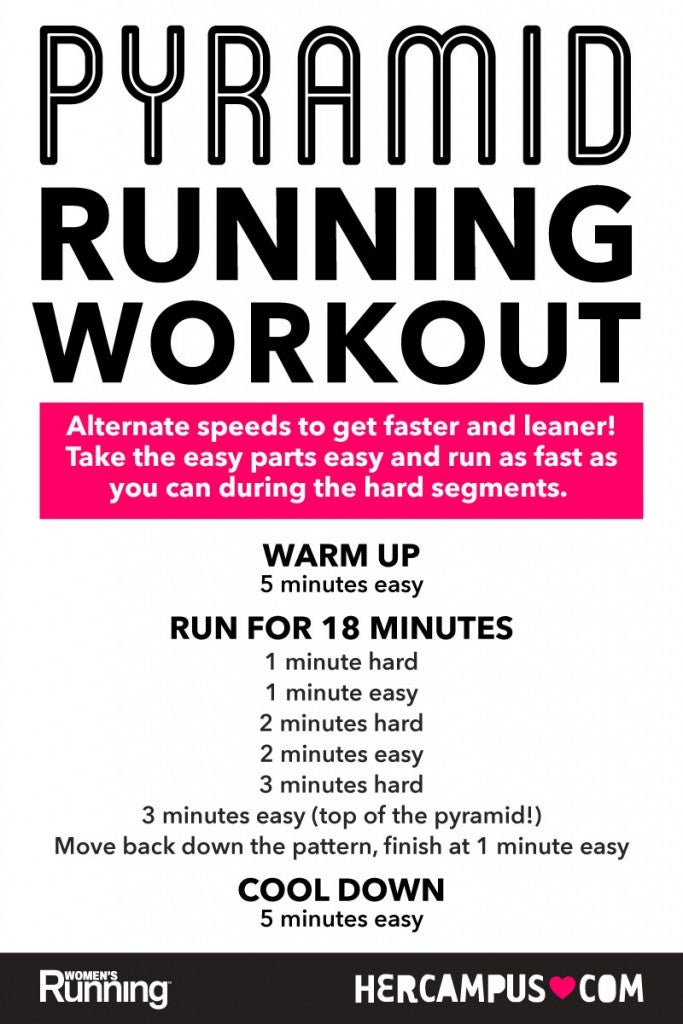Maximize Your Running Workout: Expert Strategies Revealed
Maximize Your Running Workout: Expert Strategies Revealed
Blog Article
The Ultimate Guide to Managing Discomfort When Running
Whether you are a skilled marathoner or simply starting your running trip, recognizing the numerous kinds of pain that can develop and the approaches to address them is important. From pre-run warm-up regimens to proper footwear selection, there are many elements to think about when it comes to dealing with pain while running.

Understanding Various Sorts Of Running Discomfort
When running, it is necessary to compare different sorts of discomfort to protect against injuries and make the most of efficiency (Read More). One usual kind of pain that runners may experience is muscle mass discomfort, which normally arises from the tension placed on muscle mass throughout exercise. This type of discomfort is usually a regular part of the running process and can be taken care of via appropriate warm-up, cool-down, and extending regimens
One more kind of pain to be knowledgeable about is joint pain. Joint discomfort can suggest issues such as overuse, incorrect kind, or underlying conditions like joint inflammation. Disregarding joint discomfort can result in extra serious injuries, so it is crucial to resolve any pain promptly and potentially look for expert suggestions.
Additionally, sharp or stabbing discomforts should not be overlooked. These kinds of pain can signify intense injuries such as pressures, sprains, or anxiety cracks - running workout. Continuing to run via these kinds of pain can worsen the injury and prolong recovery time

Pre-Run Workout and Extending Routine
To prepare the body for a running session, implementing an effective pre-run workout and extending routine is vital. A correct workout helps enhance blood flow to the muscle mass, boosts flexibility, and decreases the danger of injury throughout the run. Begin with dynamic stretches like leg swings, arm circles, and high knees to gradually increase your heart price and chill out the muscular tissues. Dynamic stretching assists imitate the movements you'll be doing while running, preparing your body for the activity in advance. Follow this with fixed stretches concentrating on major muscle teams such as the hamstrings, quadriceps, calves, and glutes. Hold each go for regarding 15-30 seconds without jumping to promote muscle mass relaxation and flexibility. Bear in mind to listen to your body and change the intensity of your workout based upon your fitness degree and any pre-existing conditions. By integrating a constant pre-run warm-up and extending routine into your running program, you can enhance performance and lessen the danger of pain or injury.
Proper Shoes Option and Fit
Choosing proper footwear that fits well is vital for runners to protect against discomfort and lower the danger of injuries. Uncomfortable shoes can lead to sores, black toenails, shin splints, and various other excruciating conditions that can prevent performance and sideline training. When picking running footwear, it is necessary to consider variables such as foot type, running stride, arch support, padding, and shoe dimension. running workout. Visiting a specialized running store for a stride analysis and expert installation can help ensure that you pick the right shoes for your individual requirements. Running shoes must provide appropriate assistance and security while also being comfy and light-weight. Additionally, it is recommended to change your running footwear every 300-500 miles to maintain appropriate padding and support. Purchasing premium shoes that is appropriate for your running style and foot composition is an aggressive step towards stopping discomfort and injuries during your runs.
Nourishment and Hydration Tips for Discomfort Prevention

Hydration is equally critical for runners to avoid pains, dehydration, and other pains that can lead to pain throughout running. By prioritizing nourishment and hydration, runners can improve their efficiency, reduce discomfort, and enjoy a much more comfortable running experience.
Post-Run Healing Techniques to Ease Pain
Applying reliable recovery methods is essential for check my source easing discomfort and promoting muscle mass recuperation after running sessions. One key post-run healing strategy is extending. Incorporating fixed go for major muscle groups can help in reducing muscle mass stress and soreness. Foam rolling is one more valuable practice to release muscle mass rigidity and boost blood flow to the muscle mass, assisting in quicker recuperation. Additionally, icing sore locations for 15-20 mins can help reduce inflammation and numb discomfort post-run.
Moistening properly post-run is important for renewing fluids lost during exercise and aiding in muscle recovery. Eating a well balanced treat or dish that includes protein and carbohydrates within 30 minutes of completing a run can assist repair muscle tissue and renew power shops. In addition, obtaining adequate remainder is crucial for enabling the body to fix and enhance muscles. Including energetic healing tasks such as light strolling or swimming can also aid promote blood circulation and minimize muscle rigidity - Read More. By integrating these post-run healing strategies right into your regimen, you can properly take care of discomfort and maximize your running efficiency.
Verdict
Finally, resolving various kinds of running pain with proper workout, stretching, footwear choice, nourishment, hydration, and post-run recovery methods is crucial for discomfort prevention and monitoring. By recognizing the sources of pain and applying these techniques, joggers can lessen discomfort and prospective injuries. It is essential to focus on general physical health and wellness to ensure an effective and pleasurable running experience.
Report this page